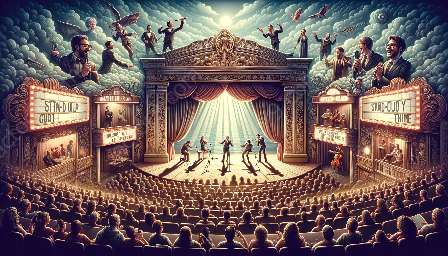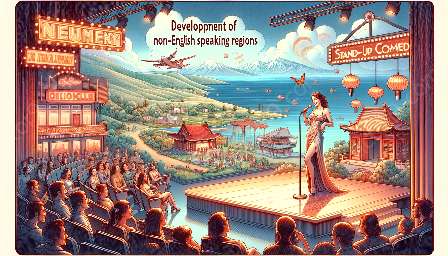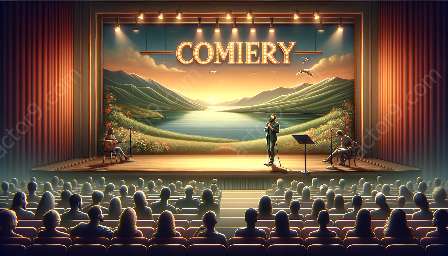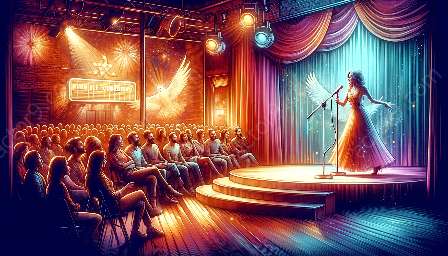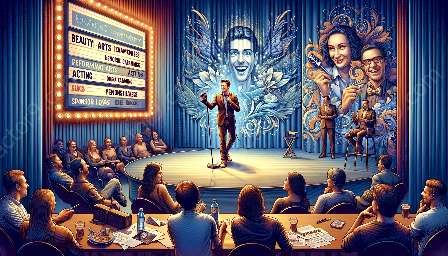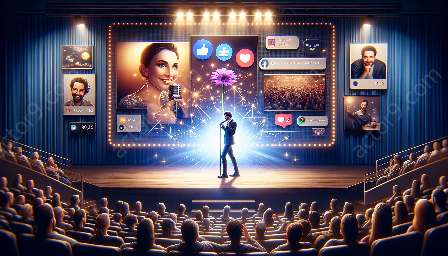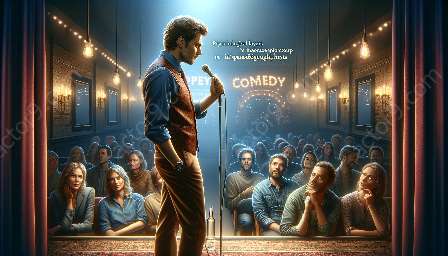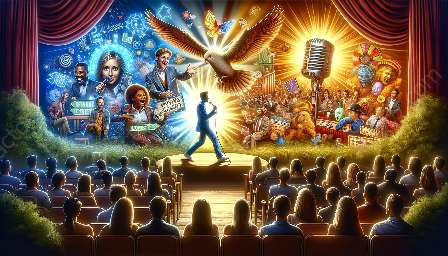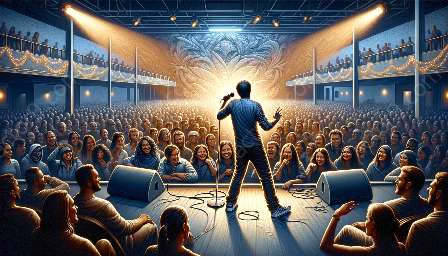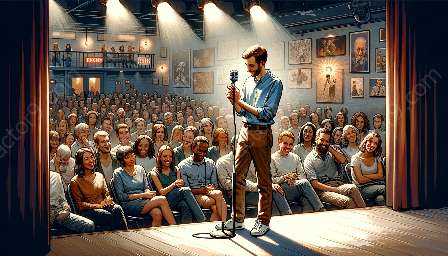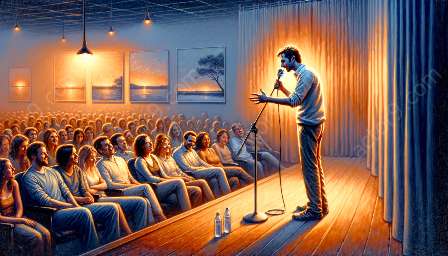Media literacy is an essential skill in today's world, as our lives are increasingly dominated by information and entertainment delivered through various media channels. In this context, stand-up comedy provides a unique lens through which to explore media literacy and critical analysis. This content will delve into the concept of media literacy, the impact of stand-up comedy in society, and how it can serve as a valuable teaching tool.
Understanding Media Literacy
Media literacy is the ability to access, analyze, evaluate, and create media in various forms, including print, audio, video, and digital content. It encompasses a range of competencies, from understanding the influence of media on individuals and society to critically interpreting media messages and creating one's own media content.
By analyzing stand-up comedy, individuals can develop a critical understanding of how media influences opinions, shapes narratives, and represents different perspectives. Through this process, audiences can become more discerning consumers of media and better equipped to navigate the complexities of the modern media landscape.
The Significance of Stand-up Comedy
Stand-up comedy has long been recognized for its ability to address social and political issues through humor and satire. Comedians often provide insightful commentary on current events, cultural trends, and societal norms, offering a unique perspective that challenges conventional thinking. Additionally, stand-up comedy serves as a platform for diverse voices and alternative viewpoints, fostering conversations about sensitive topics in an approachable and engaging manner.
Given its influential role in shaping public discourse, stand-up comedy presents an ideal subject for critical analysis in the context of media literacy. By examining the content, delivery, and reception of stand-up comedy, individuals can gain valuable insights into how media influences public opinion, shapes perceptions, and contributes to the construction of social reality.
Stand-up Comedy as a Teaching Tool
Stand-up comedy can be effectively leveraged as a teaching tool to enhance media literacy skills among students. Educators can incorporate stand-up comedy routines into their curriculum to encourage critical thinking, prompt discussions about media representation, and explore the impact of humor on social dynamics. By dissecting comedic performances, students can learn to deconstruct underlying messages, recognize comedic techniques, and evaluate the implications of comedy in different societal contexts.
Furthermore, the use of stand-up comedy in educational settings can foster empathy, tolerance, and open-mindedness by exposing students to diverse perspectives and providing a platform for dialogue on sensitive topics. Through the lens of media literacy, students can develop a deeper understanding of the power dynamics at play within media content and learn to discern between humor that challenges stereotypes and humor that reinforces harmful narratives.
Impact of Stand-up Comedy on Society
Stand-up comedy exerts a profound influence on society by shaping public discourse, reflecting cultural norms, and challenging mainstream narratives. It has the capacity to provoke critical reflection, inspire social change, and generate empathy by addressing contentious issues in a palatable format. As such, the critical analysis of stand-up comedy within the framework of media literacy offers insights into the societal impact of media and the transformative potential of humor as a catalyst for constructive conversations.
Additionally, the examination of stand-up comedy through a media literacy lens can reveal the interplay between humor, power dynamics, and representation, allowing audiences to recognize the underlying messages embedded within comedic performances and interrogate the implications of such messaging on broader societal attitudes.
Conclusion
Media literacy, when explored through critical analysis of stand-up comedy, provides a gateway to understanding the multifaceted influence of media on society. By dissecting comedic content and evaluating its impact, individuals can develop a heightened awareness of the role of media in shaping public opinion and perpetuating cultural narratives. Moreover, utilizing stand-up comedy as a teaching tool enhances students' media literacy skills and promotes thoughtful engagement with media content. Ultimately, the integration of stand-up comedy into discussions of media literacy enriches our understanding of the complex relationship between media, humor, and societal dynamics.


